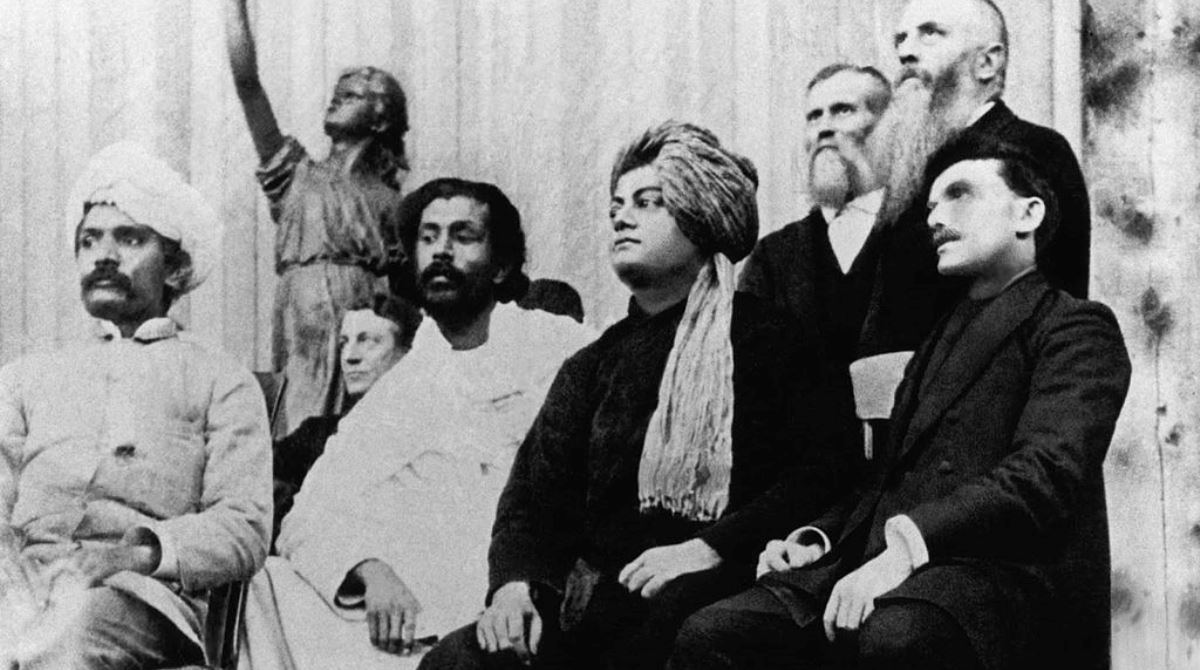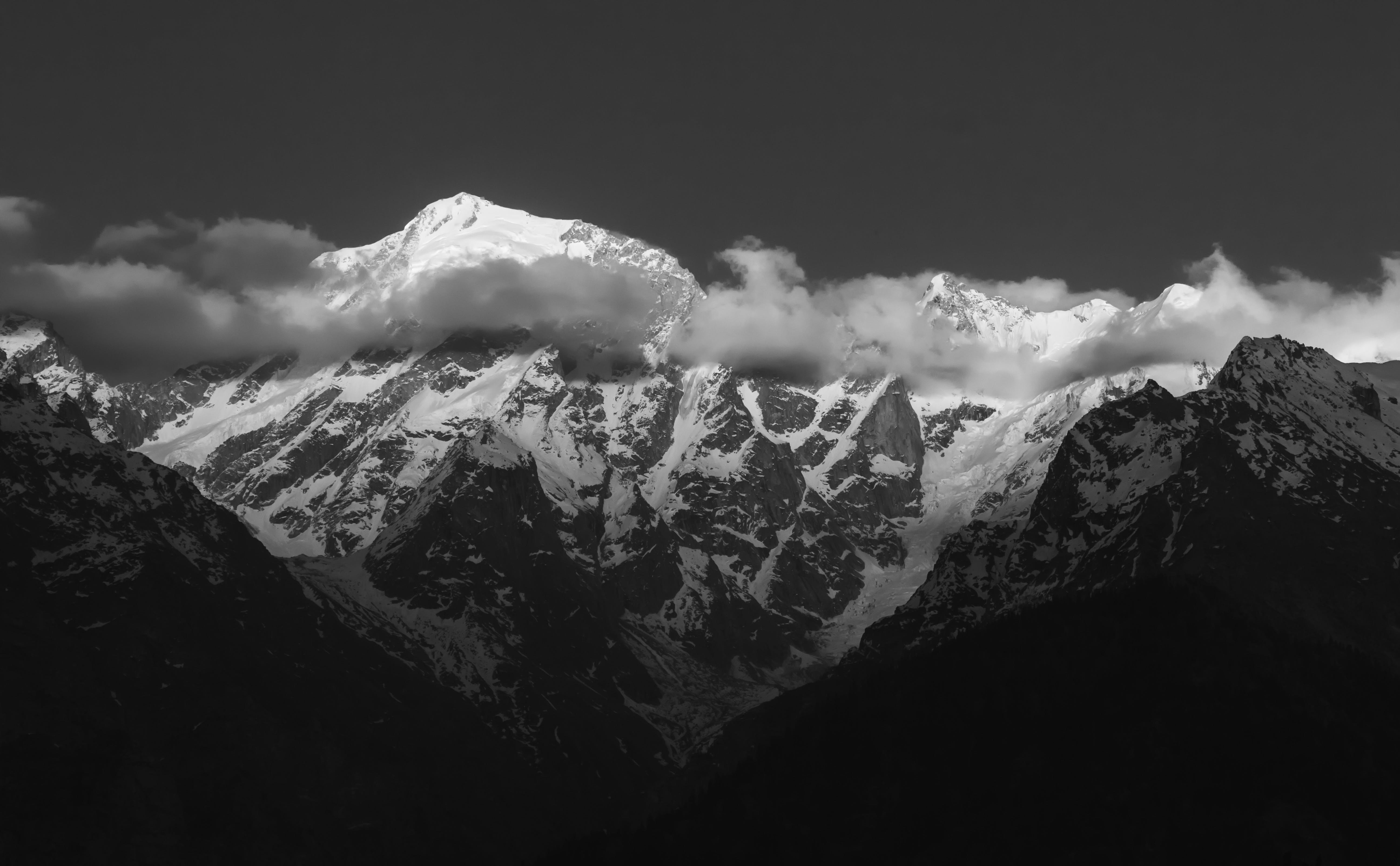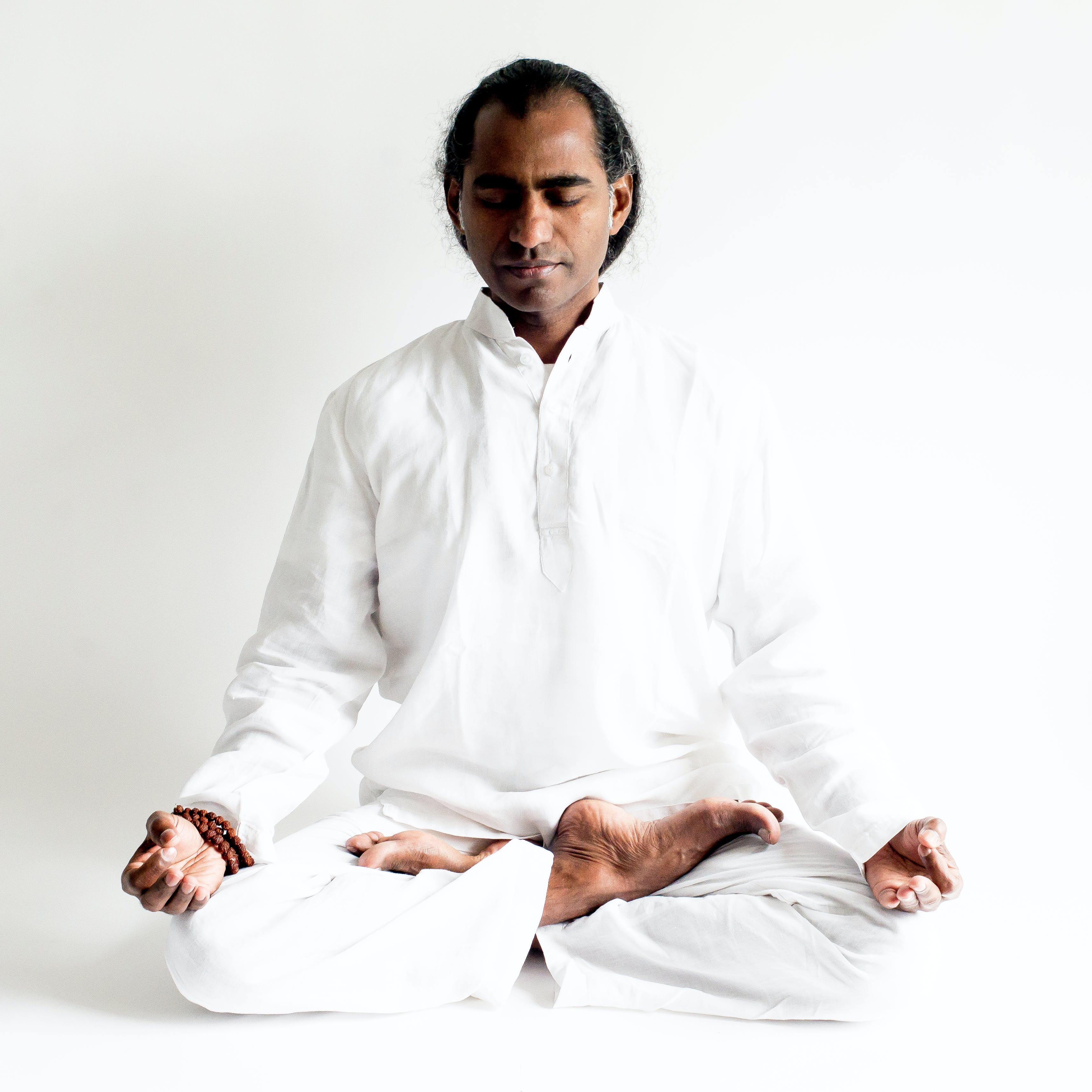Swami Vivekananda is widely considered the man who brought yoga to America. Many pinpoint this exact moment: his opening words of address to the crowd at the Chicago World Fair in 1893.
The Chicago World’s Fair celebrated the 400th anniversary of Christopher Columbus’s arrival in the New World and demonstrated Chicago’s resurgence following the Great Chicago Fire. The city showcased US art, culture, industry, and architecture in an exposition covering almost three square kilometers and 200 temporary buildings.
Between May and October of 1893, 27 million people attended the show, but one individual was responsible for bringing yoga from India to the people of America.
Swami Vivekananda must have stood out in his turban and simple attire, but it was his words that would be remembered for the next 130 years and the inclusiveness and tolerance of his speech, inspiring curiosity about him, Hinduism, and the practice of yoga.

Source: Wikimedia Commons
Having said that, many people and factors were involved in yoga’s epic journey from ancient India to the modern-day Western world, and specifically, America. Many teachers helped take yoga through various iterations to where we are now.
Key players without whom the story would be incomplete include Indra Devi, Yogendra, Swami Kuvalayananda, and BKS Iyengar.
There was also an interesting precedent of American intellectuals ruminating on Eastern philosophies before the appearance of yoga. In plain terms, Ralph Waldo Emerson and David Thoreau developed their ideas on transcendentalism by combining European philosophical tradition with Hindu philosophy from the Upanishads.
Today, however, we will focus on Swami Vivekananda’s role in the spread of yoga to the West.
The Path of Swami Vivekananda
Early Life
Swami Vivekananda, born Narendra Nath Datta on January 12, 1863, was part of an affluent family as the son of a successful attorney. Unfortunately, the death of his father left the household without funds. His spiritual leader Sri Ramakrishna passed away around the same time, which ushered the young man into a monastic life. He let go of his birth name to live as an ascetic and assumed the name Swami Vivekananda.
Transformation Through Yoga
Swami traveled extensively throughout India, witnessing the extreme poverty and neglect of the masses, which inspired him to help them through education and spreading the teachings of his late master Ramakrishna.
To continue Ramakrishna’s work, Vivekananda founded the Ramakrishna Mission, which fulfilled the need for an entity to help “bring the noblest ideas to the doorstep of even the poorest and the meanest.”
Encouraged by his peers, Vivekananda visited the US from India in 1893 to gather support for his project to empower and uplift the poor masses through education and spiritual teachings.
Introducing Yoga to the US
What many consider the birth of modern yoga began with several lectures by Vivekananda at the Chicago World Parliament of Religions, an interfaith conference that was held during the Chicago World’s Fair in 1893.
His opening words were: “Sisters and brothers of America,” for which he earned a standing ovation. His speech is renowned for its call for religious tolerance. He went on to introduce the audience to yoga as a spiritual practice, far removed from today’s predominant image of figure-hugging, gravity-defying yoga.

Vivekananda’s yoga was a yoga without postures. He rejected asanas and hatha yoga, reportedly referring to the latter as “gymnastics” and “queer breathing exercises.” Instead, he spoke about yoga in terms of psychology, philosophy, and self-improvement.
Originally, yoga’s focus was on the body, mind, emotion, and energy. The ‘asana’ practice was a minor part of yoga. Many Indian yoga teachers even kept asanas in poor regard. Today’s postural popularity is due in part to the simultaneous rise of the importance of physical fitness in late 20th century Europe and North America.
While Vivenakananda didn’t intend to popularize asana practice, he was nonetheless a catalyst in disseminating interest in yoga across the US, building on the growing intellectual curiosity regarding Eastern spirituality.
Vivekananda’s Raja Yoga
Three years later, in 1896, Swami published Raja Yoga, his interpretation of Patanjali’s second-century CE Yoga Sutras for a Western audience, in which he describes the goal of meditation as self-control, calming the mind and turning mental and physical energy into spiritual energy. Without mantras or rituals, raja yoga is considered a practical and scientific approach to yoga and meditation.
Thus, Vivekananda continued to teach pranayama, meditation, and the idea of positive thinking. His approach struck a chord with the American New Thought movement in the 19th century, which posits that illness originates in and can be healed by the mind.
In any case, not only did Vivekananda bring yoga to the West, but he also paved the way for other South Asian teachers to come.

In the early days of Western yoga, the practice was often considered something mystical and even magical. Vivekenanda’s simple and scientific approach contributed to the more measured understanding of yoga, which contributed to its widespread adoption in the West today.
Although modern yogis may be overwhelmed by a focus on the physical postures or asanas, Western yoga is not entirely divorced from the path that can unify the body, mind, community, and the natural world.
Whether you come to yoga for spiritual, mental, or physical reasons, it doesn’t mean that’s how you stay in yoga. In other words, the components inevitably seep into your practice and even your life off the mat. Vivekanda’s contribution has assured that despite the many iterations yoga has gone through, there are still many individuals, teachers, and groups working to ensure its spiritual thread is not lost.



Comments
Existing Comments